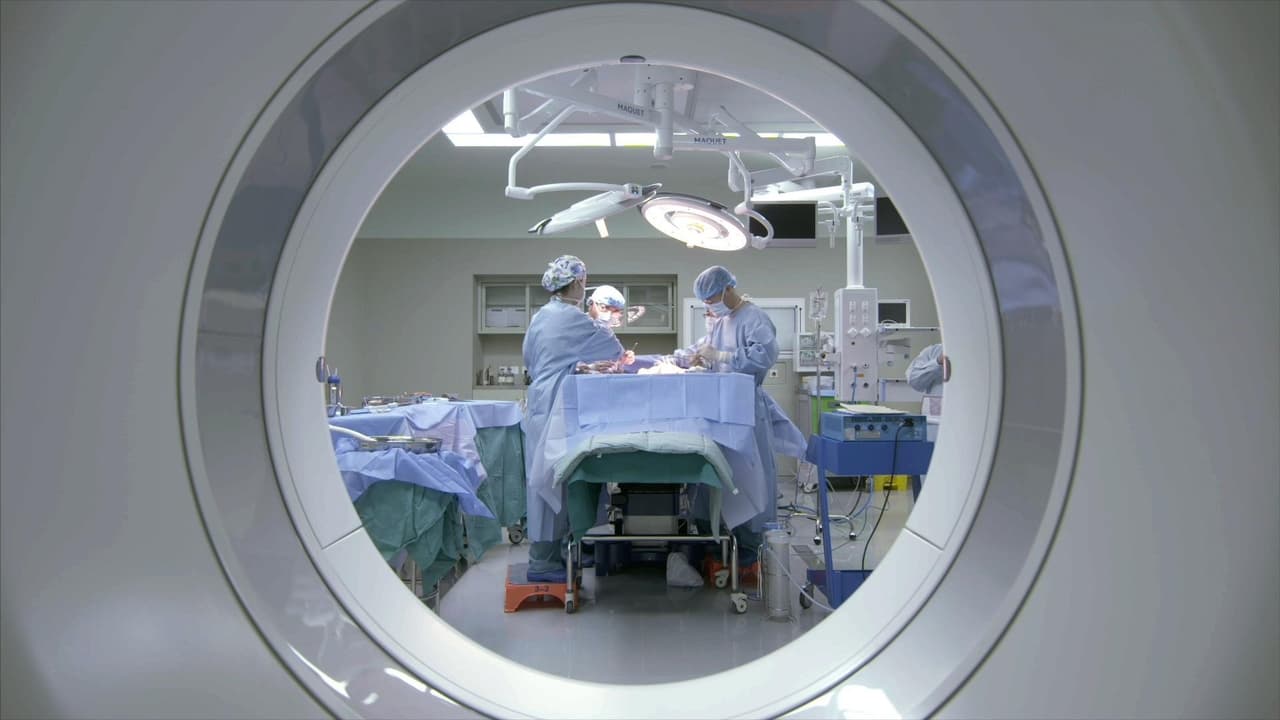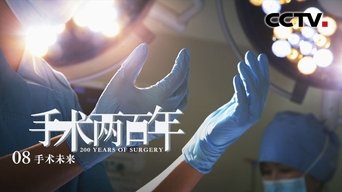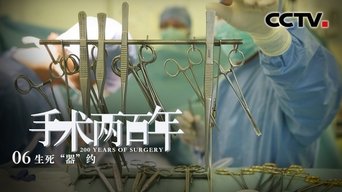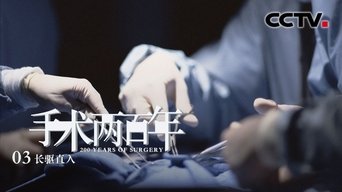With 30 Day Free Trial!
Two Hundred Years of Surgery
2019
A documentary on the history of surgery.
Watch Trailer
Two Hundred Years of Surgery Season 1 Full Episode Guide
It has been almost 200 years since modern surgery was born. With the development of science and human society, surgery is making massive strides, pushing the boundaries of the field. In this episode, we learn about the current state of surgical medicine, the application of nanotechnology in surgery, stem cell and tissue engineering, AI, surgical robots and much more. These innovations have allowed us to more fully enjoy the unique journey of life and have greater confidence in fighting diseases than at any time in history.
Today, surgery can deal with almost any disease. But there is one that continues to frustrate it - cancer. Humans have fought this silent nemesis for over 4,000 years, but have yet to claim victory against it. Chemotherapy, targeted drugs, and the latest CAR T-cell Therapy can only delay the arrival of death. What options are left for doctors when death is inevitable? This episode looks at another side of medicine brought out by the particular deadly nature of cancer.
Organ transplants prolong human life, and are considered the greatest medical wonder of the 20th century. But as the field develops, it has raised greater technical and ethical questions. It is a field that continues to bring hope to those in despair. By taking a closer look at the most typical cases in the field, such as parental liver transplantation, hand transplantation and face transplantation, this episode shows how surgeons have worked to build a bridge between life and death through meticulous thinking and extraordinary imagination.
Cardiac surgery is the most recently developed of all surgical fields, and had not even been performed 70 years ago. Doctors generally have two preconditions for surgery: the organ being operated on must be still, and the surgical field must be clear and bloodless. Operating on the heart goes directly against these principles. It seemed an impossible task, until an idea initially dismissed as fanciful brought a glimmer of hope.
Exploration of the brain began in the distant past, but it remains a secret world whose mysteries are still not fully understood. Progress in neurosurgery was extremely slow until the emergence of a medical genius who would change everything. Widely considered the father of microneurosurgery, Gazi Yasargil gave new hope to thousands of people suffering from brain diseases. And thanks to the efforts of doctors, a brand-new field of neurosurgery is being opened up.
Over 100 years ago, basic technologies such as disinfection, hemostasis, and anesthesia finally allowed surgeons to use the lancet in body cavities. But human beings still had a long way to go before surgery was to become safe and effective. From the discovery of the X-ray in the 19th century to robot-assisted minimally invasive surgery today, this field has undergone dramatic changes over the past 200 years, and its scope is being constantly expanded.
The first attempts at medicine were prompted by the natural instinct for survival and desire to help fellow human beings. But how did mankind emerge from an era of superstition and blind experimentation to usher in the age of surgery? In this episode, we answer that question by looking at what was probably the earliest C-section from 1,500 years ago, the Sanctuary of Asclepius where Galen practiced medicine, and Andreas Vesalius’ master work On the Fabric of the Human Body.
Free Trial Channels
Seasons


































